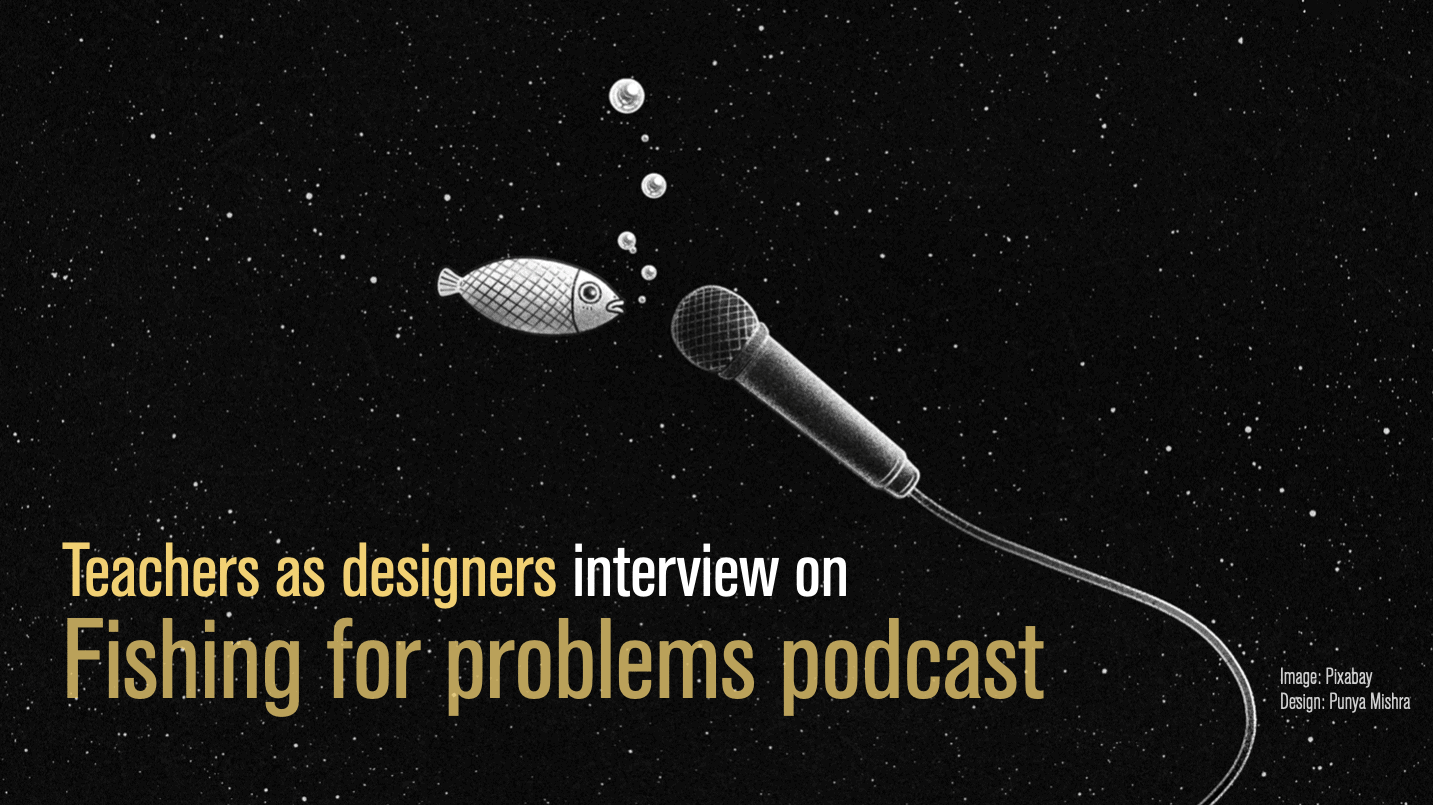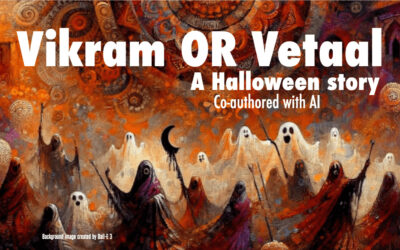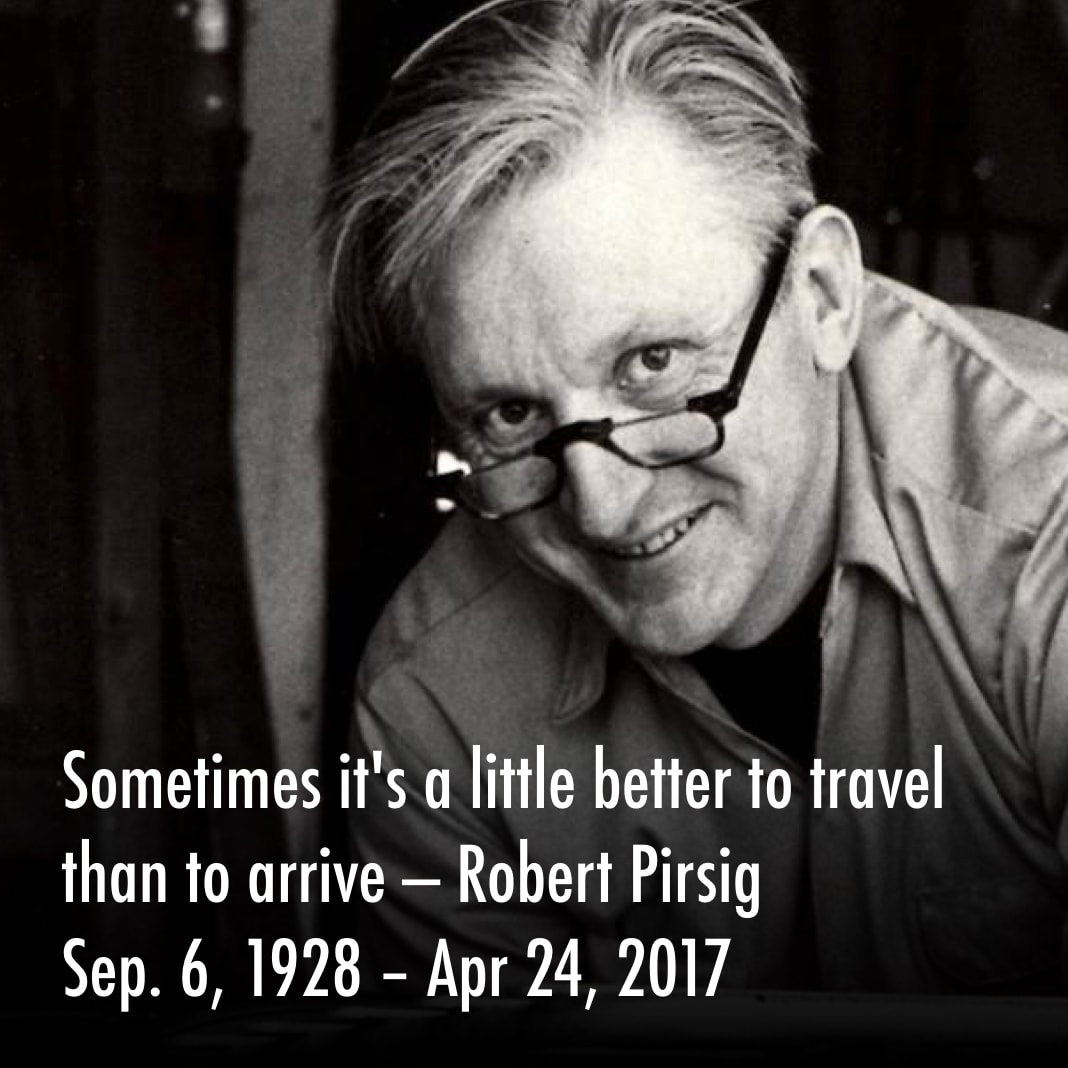Steve Wagenseller, a student in my 817 Learning Technology by Design seminar wrote something so cool in the class forum that I felt that it was worth recording on my blog…
…One of the differences between art versus design is that a user has to approach the art, design has to approach the user.
Though, William James famously said, “Psychology is a science, teaching is an art,” (see the original quote in context here) I have always believed teaching to me closer to design and I think Steve captures in a very succinct way what the difference between art and design is – and why teaching is more design than art.
There is however, one aspect of the quote by James that is worth pointing out. Most people quote just the segment that I did, ignoring what he said right after that. The complete quote is as follows:
I say moreover that you make a great, a very great mistake, if you think that psychology, being the science of the mind’s laws, is something from which you can deduce definite programmes and schemes and methods of instruction for immediate schoolroom use. Psychology is a science, and teaching is an art; and sciences never generate arts directly out of themselves. An intermediary inventive mind must make the application, by using its originality. [emphasis mine]
Read the part in bold once again, “science never generate arts directly out of themselves. An intermediary inventive mind must make the application, by using its originality.” Even if we replace the word “arts” by “design” (as I have been arguing) the second part of the quote, the one emphasizing the importance of the “inventive mind” to develop “originality” still hold true. This creativity is essential to good teaching, and allows us to push beyond the science of psychology into the design of real learning experiences.




0 Comments